HOKA Challenger vs Speedgoat How To Choose
Last Updated: March 1, 2024
HOKA Challenger Vs Speedgoat How To Choose
How to choose between two of the very best shoes for trail running and hiking – HOKA Challenger vs Speedgoat. We have extensive experience with both, and this guide sets out to explain key differences as of Summer 2023. With a ~30mm stack height in the heel, pillowy midsole cushion, a rainbow’s worth of colorways, grippy outsoles, and breathable mesh uppers, both the HOKA Speedgoat 5 (pictured in teal) and HOKA Challenger 7 (pictured in orange/red) are head-turning shoes with similarly excellent performance and nuanced differences.
The Quick Answer
Neither shoe is strictly better, but for a quick and simple answer, we give the following shortcut:
- HOKA Challenger 7 is lighter weight, faster, more breathable, has tongue cushion, and performs better on maintained trails and man-made surfaces (Shop Now) (Read Full Review)
- HOKA Speedgoat 5 is more durable, has a grippier outsole, no tongue cushion, and performs better on steep, rugged, and loose terrain (Shop Now) (Read Full Review)
You make Adventure Alan & Co possible. When purchasing through links on our site, we may earn an affiliate commission at no additional cost to you. Here’s why you can trust us. Now back to HOKA Speedgoat vs Challenger.
This guide should help you choose between HOKA Speedgoat vs HOKA Challenger, and know what to expect from each pair of shoes. And while you’re shopping for trail runners, we highly encourage you to check out our complete guide to the best trail running shoes of the year.
HOKA Challenger 7 vs Speedgoat 5 Comparison Table
| Speedgoat 5 | Challenger 7 | |
| Price | $155 | $145 |
| Weight, Pair, M’s | 20.6 oz | 17.8 oz |
| Weight, Pair, W’s | 17.0 oz | 14.6 oz |
| Rock Plate | No | No |
| Midsole | CM EVA Foam | CM EVA Foam |
| Outsole | Vibram Megagrip | Durabrasion Rubber |
| Lug Depth | 5mm | 4mm |
| Stack Height, M’s | 33/29/4 | 31/26/4 |
| Stack Height, W’s | 31/27/4 | 29/24/4 |
| Tongue | Thin & Flat | Lightly Cushioned |
| Toe Rand | Yes | No |
| Mesh Uppers | Double Layer Jacquard | Engineered Mesh |
| Comparatively | Better Traction | Better Breathabilty |
| Comparatively | Better Durabilty | Lighter Weight |
How to Choose? Ask The Following Questions
Choosing between HOKA Speedgoat vs Challenger, is a matter of knowing which performance traits you prioritize and what types of terrain you’ll be on.
What Type of Terrain Will You Be On?
Do you run or hike mostly on flat or moderately steep trails, gravel roads, urban/suburban parks, or manmade surfaces? If so, choose the HOKA Challenger 7 for optimal performance! Does your typical adventure have prolonged steep sections, loose surfaces, off-trail travel, mud, snow, or all of the above? If so, choose the HOKA Speedgoat 5!
What Do You Value in a Mesh Upper?
Is your region humid, warm, and do you expect your feet to frequently get wet? Are you prone to blisters? If so, we recommend the Challenger 7 because its mesh upper has better breathability and dries faster. Do you expect your feet to constantly be brushing against rocks, roots, brush, and other abrasive surfaces? In that case, choose the HOKA Speedgoat 5, which sacrifices a bit of breathability for increased durability and protection.
How Important Is Speed?
Do you care about setting a new PR? The HOKA Challenger 7 is a faster shoe, given that it is 15.7% lighter and has a slightly more aggressive rocker.
HOKA Speedgoat 5 vs Challenger 7 – Comparing Outsole Tread
As you you can see, the HOKA Speedgoat 5 (top/pink) has a more aggressive tread, which is better suited to handling steep, loose, rugged, and technical terrain. The 5mm lugs span the entire length of the outsole in a chevron pattern for maximum traction. The HOKA Challenger 7 (bottom/blue) has a less aggressive 4mm tread, and even includes an untreaded section in the midfoot. This sacrifices some grip to increase energy efficiency on level surfaces.
We’ll note that the aggressive tread on the HOKA Speedgoat 5 has sharper edges that wear down faster than the boxier shaped tread of the HOKA Challenger 7.
HOKA Challenger vs Speedgoat – Comparing Heels
The HOKA Speedgoat 5 (teal) and HOKA Challenger 7 (orange/red) have a very similar heel with a ~30mm stack height, and an extended heel tab for easy on/off. We find the heel cup to hold the foot nicely without rubbing the Achilles. Both shoes are designed with very similar heel cups which are comfortable and well-made. The Challenger 7’s heel cup is ever-so-slightly cushier.
Also the HOKA Challenger 7 has a taller heel, though only by a few milimeters. This is due in part to the slightly more aggressive rear rocker as well as an even taller extended heel tab.
HOKA Challenger 7 vs Speedgoat 5 – Comparing Uppers
While both shoes have breathable mesh uppers, notice how much more open and airy the top of the HOKA Challenger 7 (orange/red) is compared to the Speedgoat 5 (teal). The tightly woven Jacquard material of the Speedgoat comprises 90% of its surface area. The Challenger, on the other hand, has a much more open, airy, and breathable mesh.
Note the toe box on the Challenger 7 is structured mesh, whereas the Speedgoat 5 has a toe rand to protect against bumps and scrapes. You can see also how the Speedgoat has a flat thin tongue which creates a super accurate and secure fit. Whereas the Challenger has a cushioned tongue to disperse pressure from the laces. Both shoes have identical laces made with recycled polyester. We really like these laces, they never come untied.
The combination of the tightly woven Jacquard mesh and toe rand gives the Speedgoat’s upper superior durability compared to the Challenger 7 which has a lighter, airier, and more breathable upper. It’s always a give and take, neither is strictly better.
HOKA Speedgoat Vs Challenger – Comparing Interior Side
The interior sides of the HOKA Speedgoat 5 (teal) and HOKA Challenger 7 (orange/red) are nearly identical. Both have mesh immediately above the foam midsole. The Challenger 7’s midsole runs slightly taller on the interior side than HOKA Speedgoat 7. In our experience, neither shoe has had durability issues on the interior sides, and both are comfortable along the arch.
The Rise of HOKA
In the past few years, HOKA has drastically increased in popularity among trail runners and hikers alike — presenting a serious challenge to competitors like Altra, Saucony, Brooks, Salomon, and La Sportiva. Users love HOKA’s increased comfort and protection against the rocky, rooty ground, upper and outsole durability that comes in above other trail running models, and a moderate drop that works for nearly everyone’s foot strike.
There are a lot of models to choose from with HOKA, but for trail purposes, we primarily recommend deciding between HOKA Speedgoat 5 vs HOKA Challenger 7. Knowing how to choose between these two can be difficult, especially given how similar they look at first glance. However, there are some key differences (including pros and cons) between the two models, and neither one is strictly better than the other.
Conclusion To Choosing Between HOKA Speedgoat vs Challenger
If we had to sum it up in just a few sentences? The HOKA Speedgoat 5 and Challenger 7 are both excellent shoes for trail running and hiking. They are comfortable out of the box and have a universally appealing fit with a semi-wide toe box and 4mm heel-forefoot drop. The signature HOKA cushioning adds comfort on the trail.
- Choose the Challenger 7 (Shop Now) for a faster, lighter weight, more breathable shoe that prefers moderate trails and man-made surfaces.
- Choose the Speedgoat 5 (Shop Now) for maximum traction and increased upper durability in a shoe that prefers steep, rugged, and loose terrain.
It’s important to note that neither shoe is strictly better than the other. The best pick for your upcoming run or hike might not be the same as the next person’s, and/or might be different from trip to trip. Honestly, it wouldn’t be a bad idea to get a pair of each and alternate between them as needed, deciding on a trip-by-trip basis.
We hope this guide helped you choose between two great shoes, HOKA Challenger vs Speedgoat, currently in their 7th and 5th edition respectively. Shop more options in our guide to the best trail running shoes of the year. And if you have any questions about how to decide between them, please drop us a line in the comments! Happy running and happy hiking!



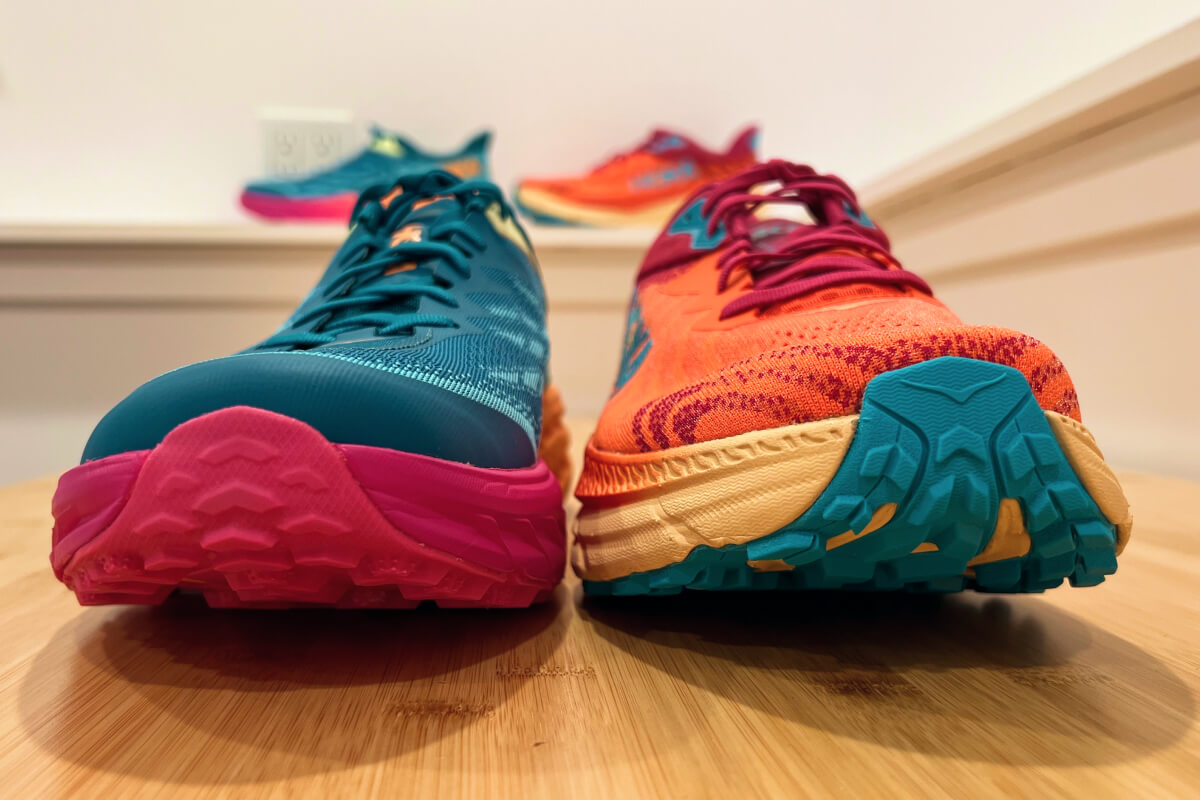
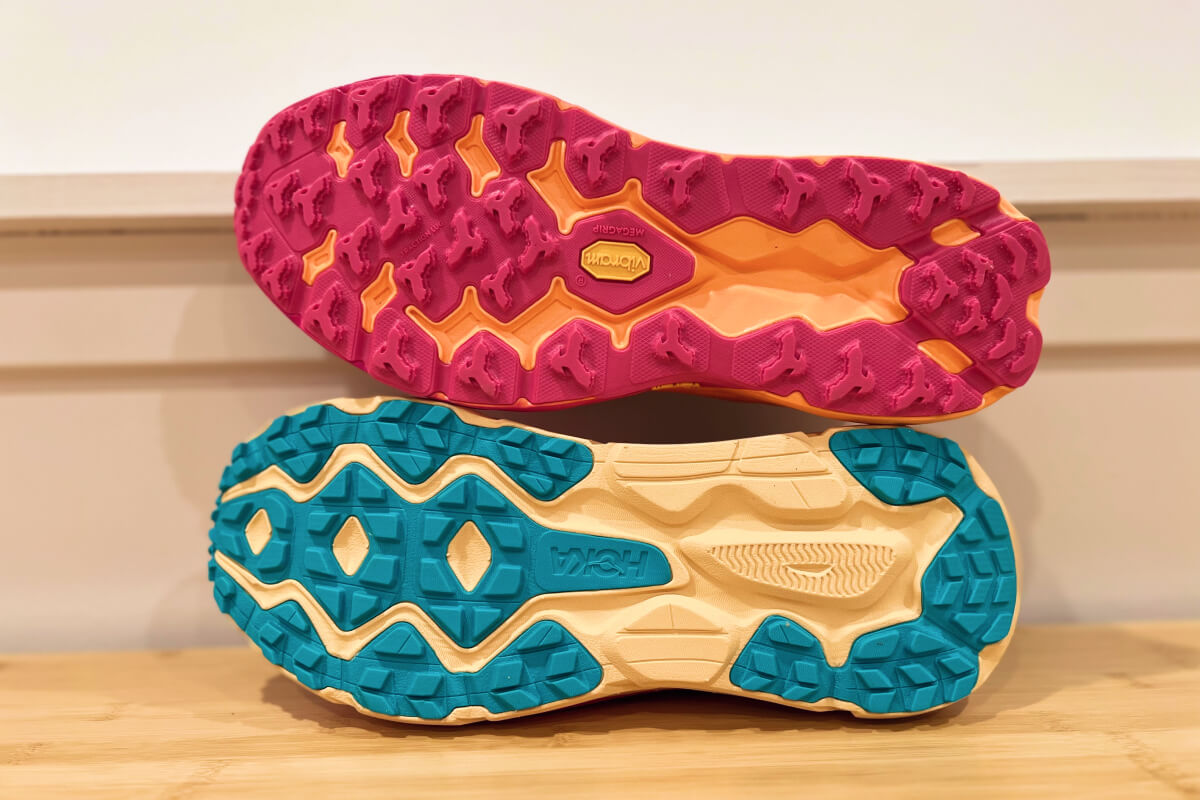
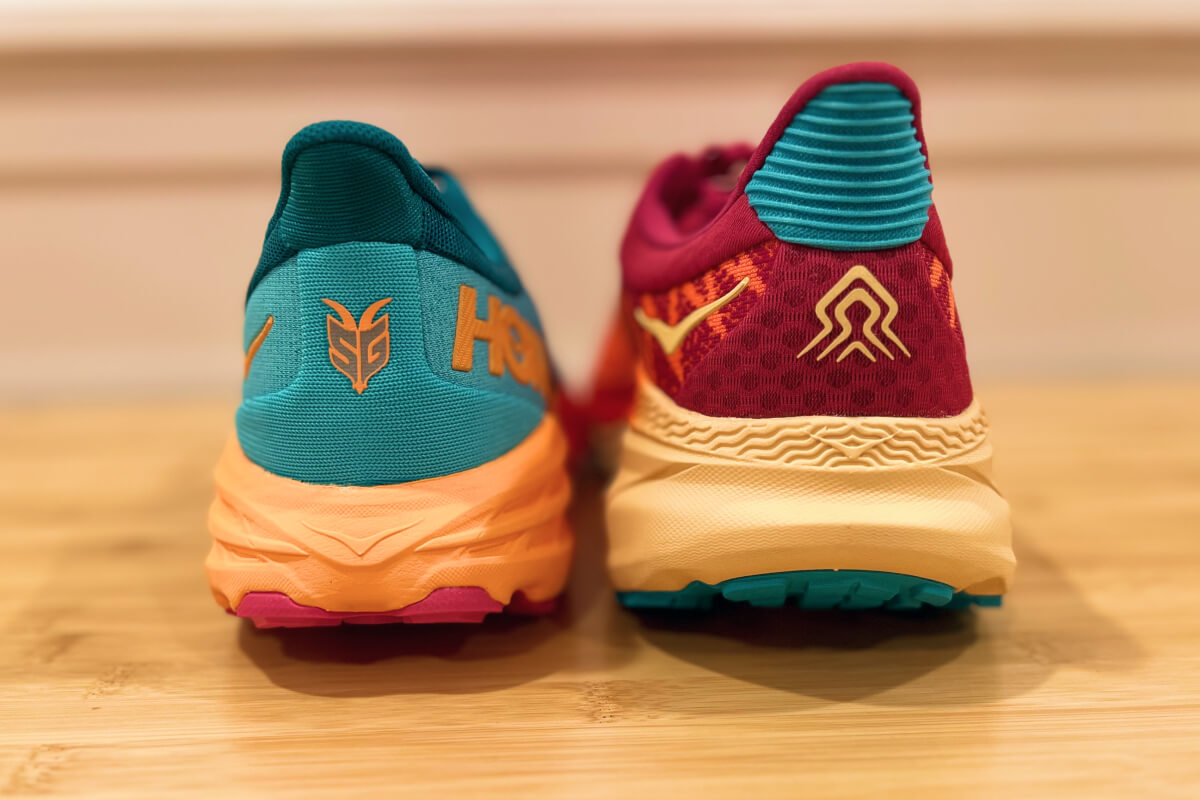
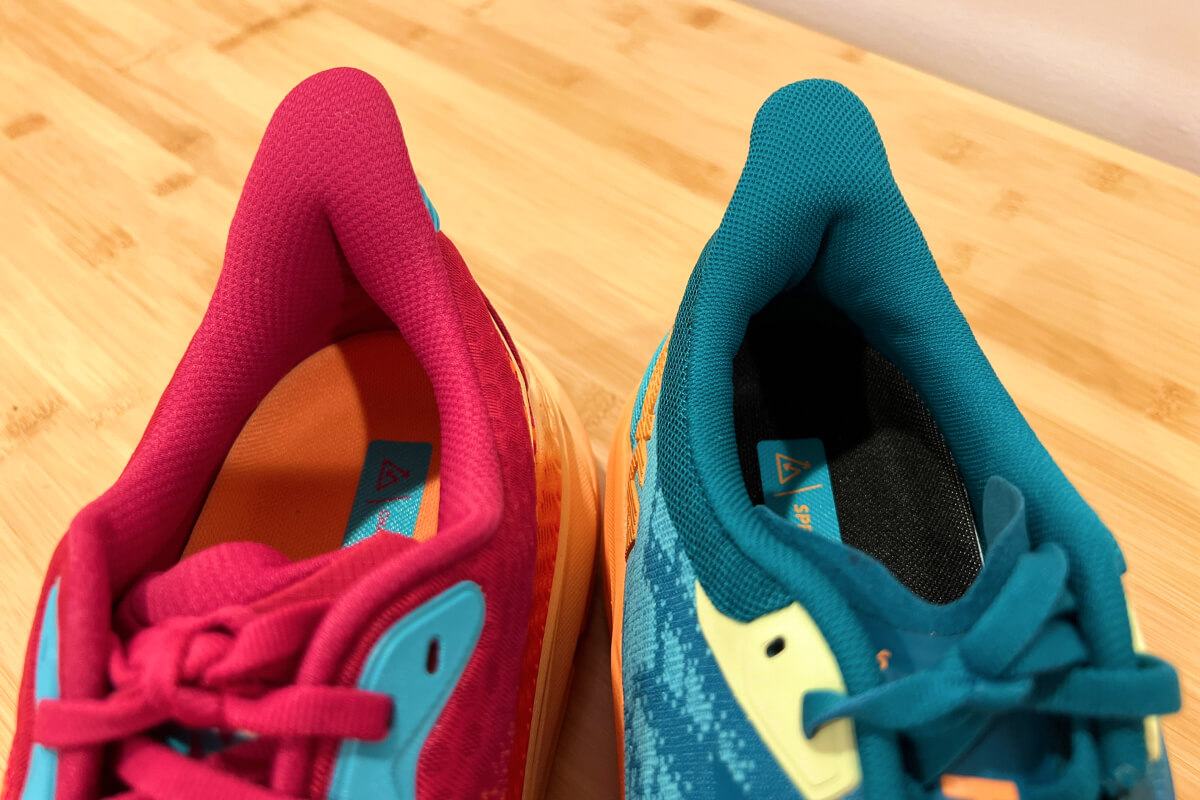

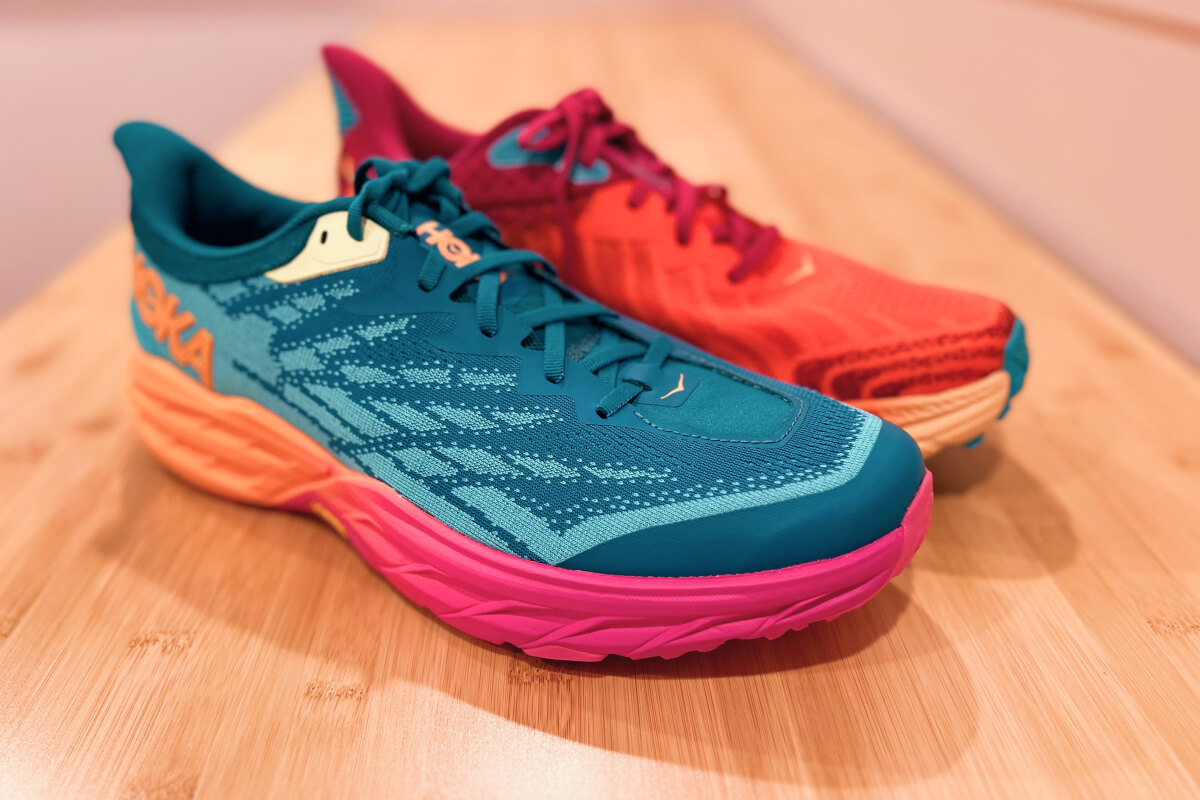
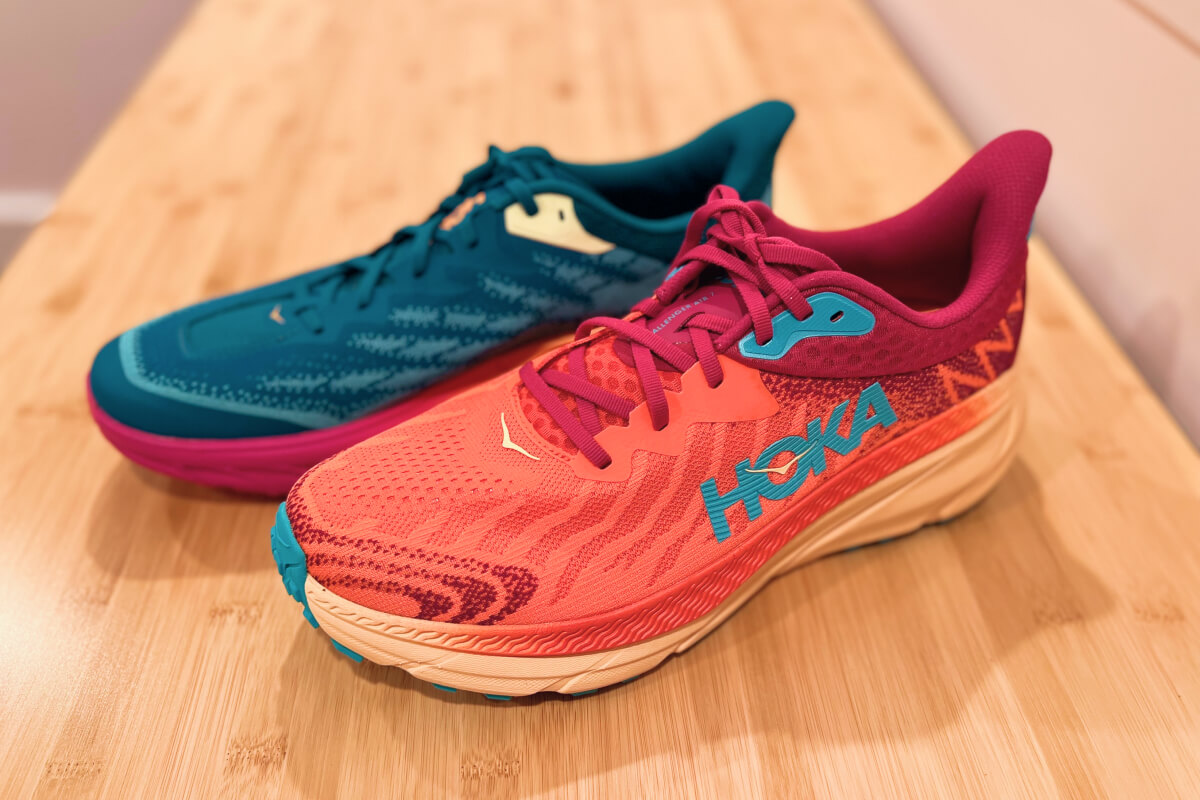
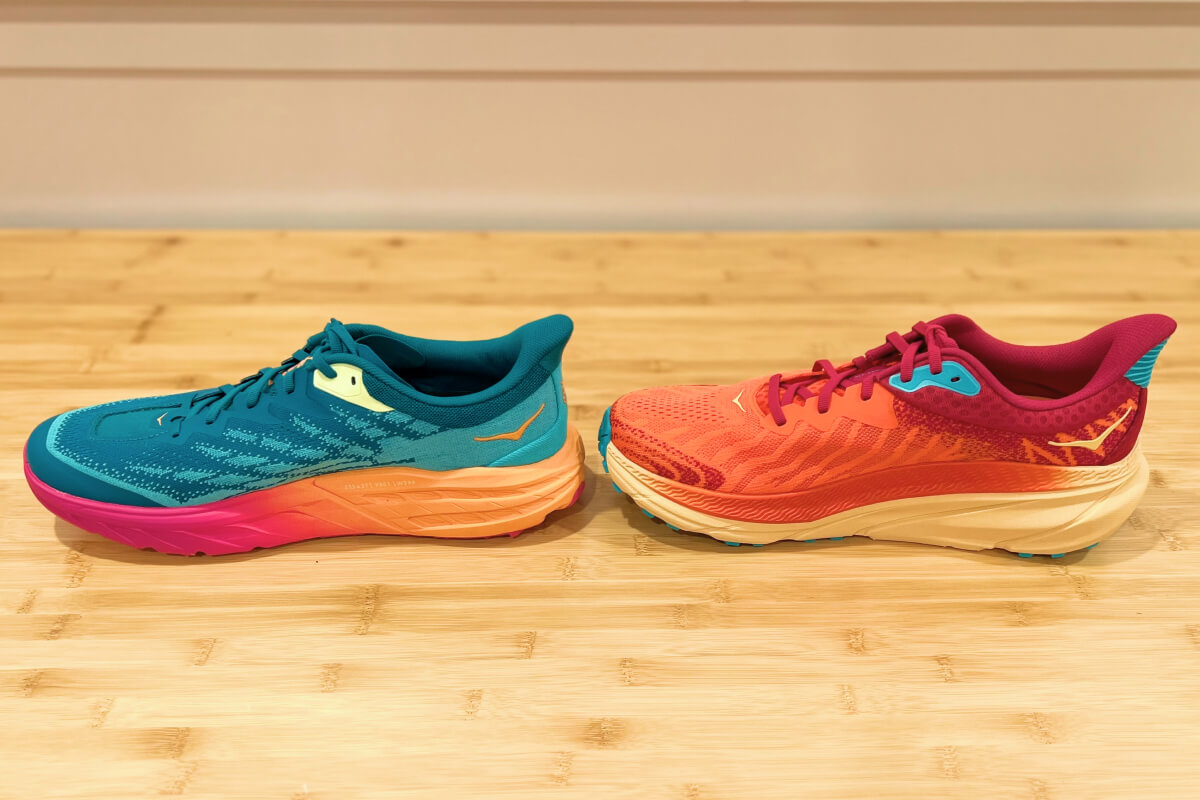
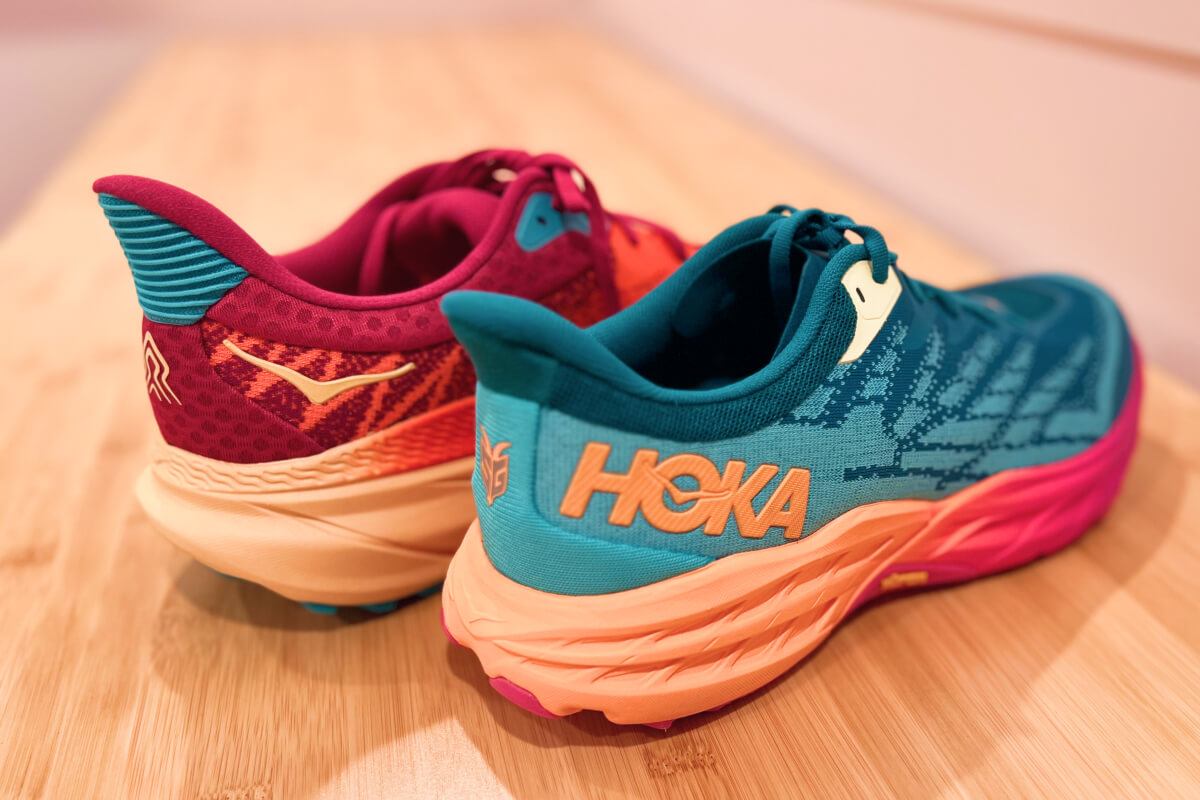



Share this entry